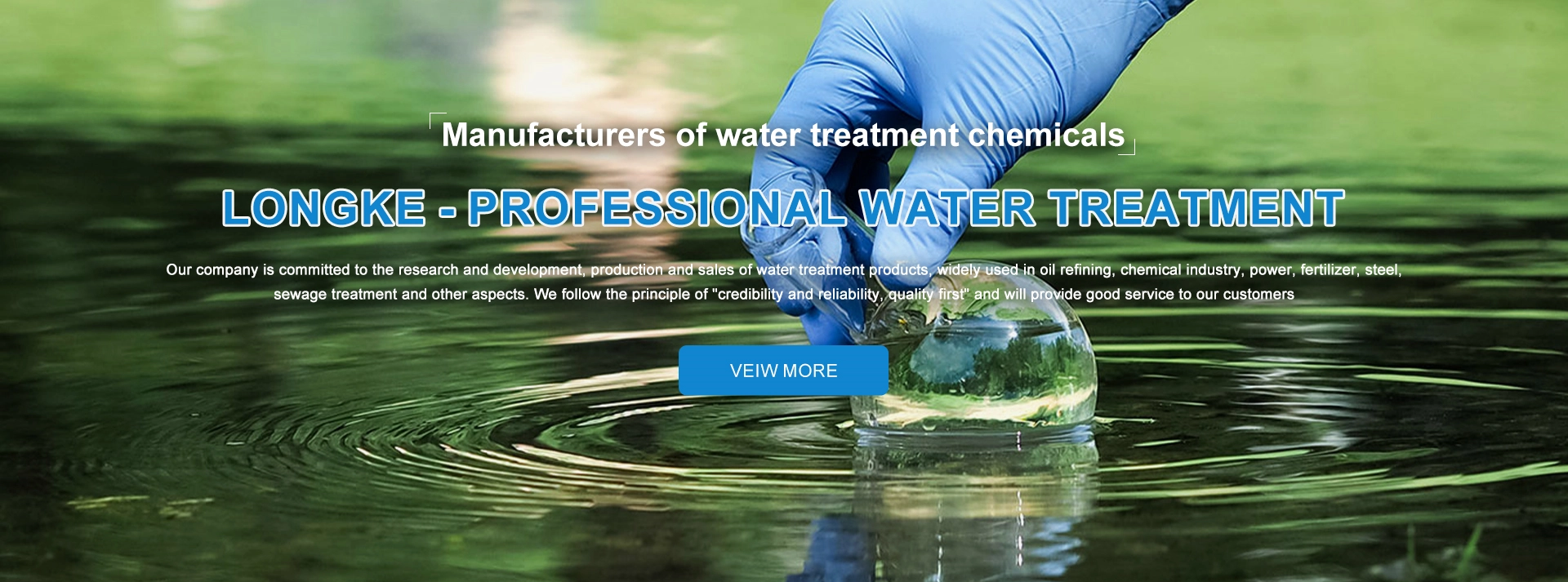Understanding the Role of Zinc HEDP in Water Treatment Applications
Understanding Zn-HEDP A Key Player in Modern Chemistry
In the realm of chemistry, particularly in the field of coordination compounds, Zn-HEDP (Zinc Hydroxyethylidene Diphosphonic Acid) has emerged as a significant player. This compound, with its unique properties, has garnered attention for its applications in various industries, including water treatment, corrosion inhibition, and even in agriculture. In this article, we will explore what Zn-HEDP is, its chemical structure, functions, and its diverse applications.
Chemical Structure and Properties
Zn-HEDP is a zinc salt of hydroxyethylidene diphosphonic acid, a compound known for its chelating properties. Its chemical formula can be represented as Zn(C2H6O7P2), indicating that it consists of zinc ions complexed with the HEDP ligand. The structure of HEDP itself features two phosphonic acid groups attached to a central hydroxyethylidene carbon, making it capable of forming stable complexes with divalent metal ions like zinc.
One of the standout properties of Zn-HEDP is its ability to bind strongly with calcium and magnesium ions, which is particularly useful in preventing scale formation in industrial systems. The unique structure of HEDP allows it to hold onto these metal ions tightly, thereby reducing their availability to form insoluble precipitates.
Applications of Zn-HEDP
1. Water Treatment One of the primary applications of Zn-HEDP is in the field of water treatment. In cooling towers and boiler systems, the presence of calcium and magnesium can lead to scaling, which reduces efficiency and increases maintenance costs. Zn-HEDP acts as a scale inhibitor, preventing the crystallization of these minerals and ensuring smooth operations.
"zn hedp 锌hedp'"

2. Corrosion Inhibition The presence of oxygen and moisture in industrial environments often leads to metal corrosion. Zn-HEDP serves as a corrosion inhibitor by forming a protective film on metal surfaces, thereby reducing the rate of oxidation. This characteristic is particularly valuable in chemical processing, oil and gas, and marine applications.
3. Agricultural Uses Beyond industrial applications, Zn-HEDP has found a niche in agriculture, particularly as a micronutrient source for plants. Zinc is an essential trace element crucial for plant growth and enzyme function. Zn-HEDP is often used in fertilizers to provide a readily available source of zinc to crops, enhancing their growth and yield.
4. Cleaning Products Due to its ability to sequester metal ions, Zn-HEDP is also utilized in cleaning products. By binding to metal ions that may cause staining or disruption, it helps maintain the integrity and appearance of various materials, from textiles to metal surfaces.
Environmental Considerations
While Zn-HEDP has numerous advantages, it is crucial to consider its environmental impact. The use of phosphonates in water treatment and cleaning applications can lead to the accumulation of phosphorous in aquatic systems, which may contribute to eutrophication. Therefore, monitoring and regulation are necessary to minimize potential environmental harm. Additionally, ongoing research is exploring greener alternatives and methods to harness the benefits of Zn-HEDP while reducing its ecological footprint.
Conclusion
Zn-HEDP is a versatile compound with significant applications across various industries, from water treatment and corrosion inhibition to agriculture. Its unique chemical properties enable it to effectively manage metal ions, making it invaluable in preventing scaling and corrosion—a necessity for many industrial applications. As the demand for efficient and sustainable solutions continues to grow, understanding and utilizing compounds like Zn-HEDP will remain critical in developing innovative practices and products. However, balancing these benefits with environmental stewardship will be essential for ensuring that our reliance on such chemicals does not compromise the health of our ecosystems. The ongoing research and advancements in this field promise exciting developments in the years to come.
-
Water Treatment with Flocculant Water TreatmentNewsJun.12,2025
-
Polymaleic AnhydrideNewsJun.12,2025
-
Polyaspartic AcidNewsJun.12,2025
-
Enhance Industrial Processes with IsothiazolinonesNewsJun.12,2025
-
Enhance Industrial Processes with PBTCA SolutionsNewsJun.12,2025
-
Dodecyldimethylbenzylammonium Chloride SolutionsNewsJun.12,2025





